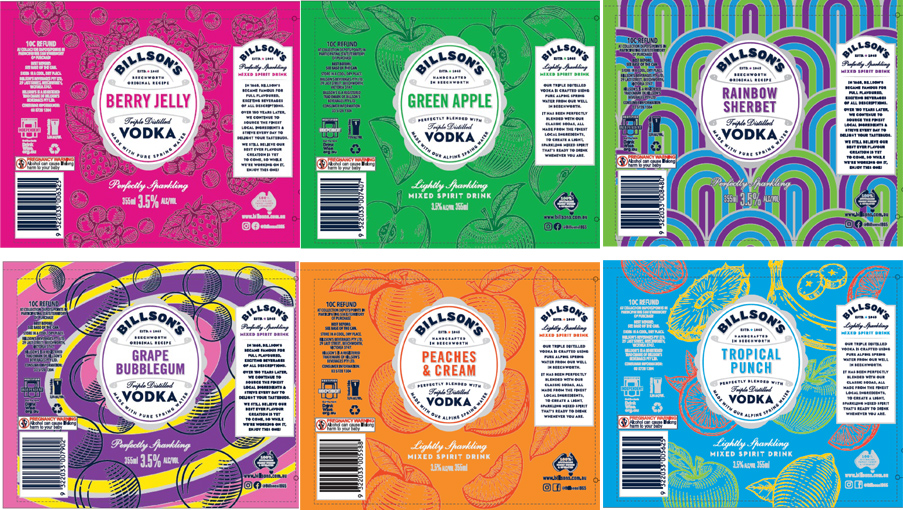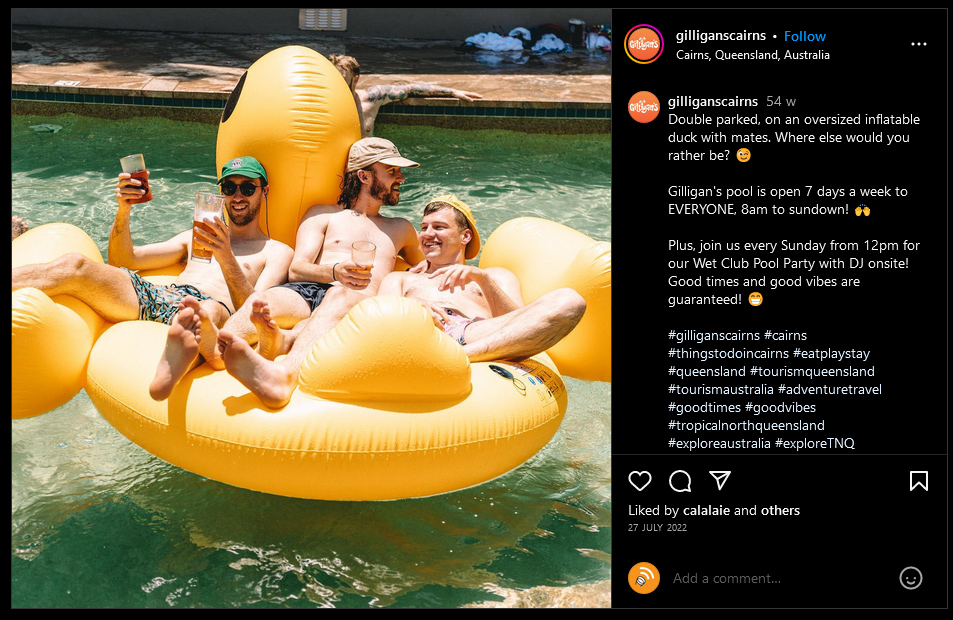
Recent ABAC decisions bring industry watchdog under scrutiny
A series of recent decisions by the alcohol industry’s advertising regulator under its voluntary code has reignited criticisms of the industry’s ability to regulate itself.
This week Asahi sparked controversy with the launch of an alcoholic version of its Solo soft drink, having obtained pre-vetting approval for the product from ABAC.
ABAC has said it is unable to comment on specific pre-vetting requests due to confidentiality, or while a complaint was being reviewed by the adjudication panel, however CUB Premium Beverages has sought to defend the product.
In a statement to SBS News, the company said it “strongly refutes” claims that Hard Solo could be confused with regular Solo and that it is being marketed to minors.
“Hard Solo is sold in distinct black cans with prominent alcohol markings on the front of the can with the words ‘Alcoholic Lemon’ along with the 18+ logo, standard drinks and alcohol percentage in large and bright font,” the company said in a statement.
“It is the first-time 18+ has appeared on the front of one of our alcoholic products further demonstrating our commitment to differentiate Hard Solo from regular Solo.”
ABAC’s previous decisions have outlined a complex and technical decision-making process it undertakes that includes differentiating between colours and flavour descriptors to ascertain whether the panel considers a product’s packaging may have strong or evident appeal to minors.
Its decisions can approve or reject very similar labels that can confuse those not versed in its previous decisions, and has on a number of occasions reversed its own pre-vetting decisions after a complaint.

ABAC recently differentiated between labels from Billson’s range, with three of these products found to have strong or evident appeal to children while three didn’t.
Despite receiving pre-vetting approval, Hard Solo will now be considered by an ABAC Adjudication Panel, with the primary result being a decision that either further undermines the pre-vetting process or, given the extent of the public controversy and political attention this week, undermines public confidence in the industry’s ability to regulate itself.
The issue has seen unprecedented attention drawn to the regulations governing alcohol advertising this week with Independent MP Kylea Tink holding talks with federal crossbenchers about tighter regulation for the marketing of alcoholic drinks.
“This is a product that has the name of a soft drink and is in a can that looks like a soft drink and tastes like a soft drink and yet it has alcohol in it,” she told ABC TV.
Health Minister Mark Butler told SBS that he had sought advice about the product but had not yet seen it. He said the government was committed to protecting young people from the marketing of unhealthy products.
More than 40 organisations signed an open letter in April calling for tighter regulation of alcohol marketing in Australia independent of the alcohol industry.
The letter, which was published by the Foundation for Alcohol Research and Education, claimed the alcohol industry has been “setting its own rules” for advertising through the ABAC Scheme.
“The rules the industry has developed for itself are weak and littered with loopholes,” the letter said.
“Community complaints are often dismissed, and even when breaches are upheld, there are no consequences.”
SBS quoted Tink saying, “my main concern is the fact that this product was approved through the self-regulatory environments, because I just think this is a really clear breach of what the intention of the self-regulation code is all about.”
Gilligan’s Hotel & Resort thumbs nose at code
The voluntary code’s limitations were highlighted in a recent decision that saw ABAC unable to enforce an adverse decision against Gilligan’s Hotel.
The code provides that a marketing communication must not show the consumption of alcohol before or during any activity that, for safety reasons, requires a high degree of alertness or physical coordination. Swimming is one of the activities prohibited.
A complaint was made against the Cairns hotel for a large number of social media posts that celebrated alcohol use while actually swimming or “raised the reasonable implication that swimming will occur after alcohol consumption”.
A number of the complaints were upheld by the adjudication panel however, the hotel did not respond to the complaints and also declined to take action in relation to the posts and website imagery as “they respectfully disagreed with the determination” according to ABAC.
In accordance with ABAC procedures, the matter was referred to the Queensland Office of Liquor and Gaming Regulation.
The Queensland Office of Liquor and Gaming Regulation has been contacted for comment.

Outdoor advertising near school
The most challenging recent decision involved no fault by the parties against which the complaint was made, and the issue was found not to be a breach of the Code, despite the adjudication panel saying it raised a “perfectly legitimate concern”.
The complaint related to a billboard that was seen at a bus stop in Mount Hawthorn, Western Australia, directly across the road from a primary school.
Under ABAC placement rules a ‘marketing communication’ must comply with codes regulating the placement of alcohol marketing that have been published by Australian media industry bodies, including the Outdoor Media Association, whose alcohol advertising policy regulates this type of advertisment.
OMA’s policy states that members will ensure advertising captured by the policy is not placed within 150-metre sightlines of the boundary of a school, however the policy only applies to businesses that primarily sell alcoholic beverages and advertising for a promotion involving alcoholic beverages even if the advertising does not primarily sell alcohol.
The advertisement in question was for the Cabin Fever Festival, an event that featured entertainment and a focus on local food and beverage but did not sell alcohol itself nor hold a licence.
One of the businesses supporting the event, and whose logo appeared on the ad, was Busselton-based Selter Brewing. The advertisement in question didn’t feature any products by Shelter Brewing, and nor did the brewery have any input or control over the placement.
The ad itself showed a glass of wine with the tagline “When it rains, we pour”.
The advertisement was placed by oOh! Media with the positioning unknown to either of the parties complained against.
As ABAC notes in its judgments, alcohol marketing in Australia is “subject to an amalgam of laws and codes of practice that regulate and guide the content and, to some extent, the placement of marketing.”
The adjudication panel noted in this case, the ambit of ABAC obligations is not clear if alcohol is shown in an advertisement but the advertisement is not for an alcohol brand.
The panel decided in the circumstances that the bus shed ad is not an alcohol marketing communication within the meaning of the Code and that, while Shelter was a supporter of the festival, it did not have any reasonable control over the ad.
The panel thus found that it was not an issue for ABAC to consider although it may be an issue that the Outdoor Media Association alcohol policy captures and was for the OMA to consider.
The adjudication panel noted, “it is appreciated that this decision will not be satisfying for the complainant, who has raised a perfectly legitimate concern about an ad showing alcohol being placed adjacent to a school.”
“The panel believes it was wrong for the ad to be placed on the bus shed although for the reasons explained the panel finds the ad itself did not fall within the jurisdiction of the ABAC scheme.”
The panel asked that the complainant be assisted to take the complaint to the OMA for consideration and dismissed the complaint.



